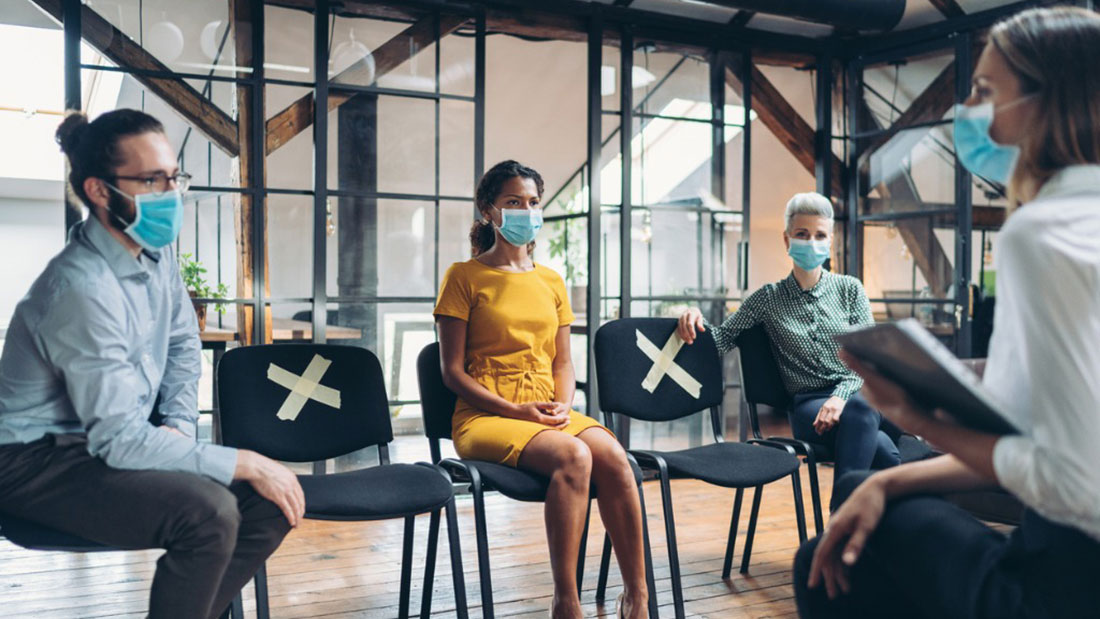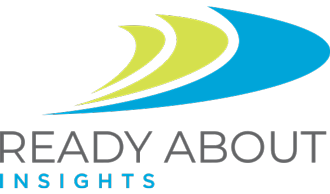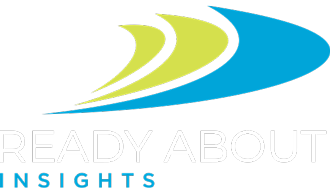
20 Nov Making the Best of a Mask Situation
There’s nothing like a pandemic to take the fun out of in person focus groups.
Twelve focus groups across three markets in four days. Remember those days? It certainly seems the joys of team travel and the long days together in a dark room eating m&m’s are a thing of the past in our current new normal.
As a longtime qualitative researcher, I have to admit I felt a degree of relief when our world shut down in March. I’d get a break from the grind of non-stop travel and back-to-back focus groups. With the abundance of innovative tech tools and platforms for online research, I could still get close to research participants without leaving the comfort of my home office.
But now eight months later, there is nostalgia for what was. The focus group facility industry is on life support with layoffs, buy-outs and company consolidation across the board. Sadly, some fantastic facilities, like Energy Annex in Chicago, have permanently shut their doors. Other owners are scrambling to pay rent and bills by stretching into new areas like online recruiting and project management or arranging groups in outdoor locations. And all are doing the best they can to create safe environments to bring back in person groups in the midst of the pandemic.
Facilities have invested in safeguards and implemented strict procedures: health screening, temperature checks, masks, gloves, plexiglass, hand sanitizers, constant sterilization and separation zones. While there’s no way to completely eliminate transmission risk, some consumers are still willing to participate in person. But things may be changing as CoVid numbers increase heading into winter. Earlier this fall, I had many eager women attend in person groups in Chicago telling me they were excited to get out of the house to meet others, share their opinion and get paid. But last week, we had difficulty recruiting for an in-person group with potential participants not feeling comfortable and requiring much higher incentives to fill the groups.
Still it’s obviously not an ideal time for in person groups. With all the precautions in place, the environment feels soulless and clinical, and it can be difficult to create open group dynamics with a room of masked strangers. Add to that, the challenges of reading emotions and hearing voices muffled behind masks. No wonder marketers aren’t rushing back in. But for some clients, in-person groups are still desired for specific situations like exploration of confidential prototypes or sampling of new flavors.
What to do to make the most of the situation
Of course, first and foremost, ensure all safety protocols are followed and well communicated in advance. But beyond this, there are ways to make participants feel comfortable and more able to share openly for deeper insights.
Pre-task for engagement Assigning a fun ‘homework’ task makes participants feel more vested in the study and provides an easy way to get richer contextual insight… e.g. ‘an ode to my favorite cheese: how I love thee,’ ‘letter to me from my kid about making breakfast better,’ or ‘create an Instagram post with hashtags and comments for the competitive product’.
Keep groups smaller and shorter with social distancing in place, fewer participants helps to increase connection between participants, and shorter groups feel like less of a big commitment to potential attendees. Aim for five or less in each group and don’t go over 90 minutes.
Lighten the mood Work with the facility staff to create a friendly welcome despite the required protocols and questioning. Keep introductory conversations light and avoid dwelling too much on the restricted situation.
Encourage individual creativity Individual mini assignments like sketching pictures to depict or creating small collages to depict feelings or reactions provide visual artefacts that others can easily respond to and build on.
Have fun with worksheets and score cards with product testing, it’s often important to get written responses to supplement the discussion. Individual written responses can also work well for more detailed responses to concepts and other ideas. Look for ways to keep participants engaged and on task with twists on standard scoring, e.g. using stickers, emojis, and being creative with rating descriptions.
Building exercises If the masks and distance are limiting interaction between participants, look for more structured ways to have participants build on each other’s opinions. Simple exercises like adding to responses the moderator writes on a flip chart can help. (e.g. I agree with/disagree with, two more adjectives to describe, etc.)

